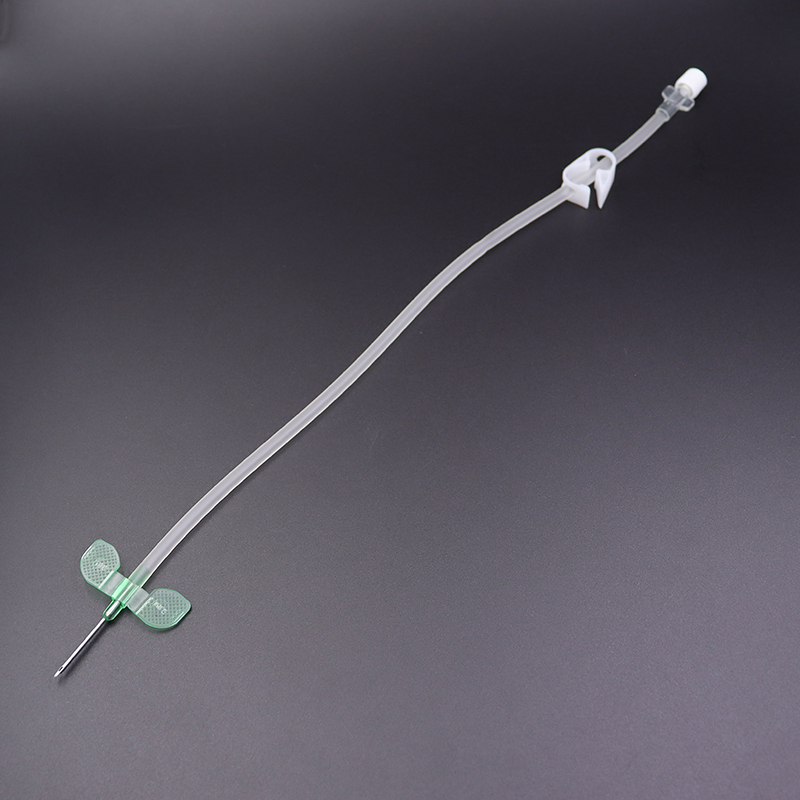Medical devices play a vital role in the healthcare sector by assisting in various surgeries and treatments. Among numerous medical devices, arteriovenous fistula needles have received widespread attention due to their important role in hemodialysis. AV fistula needle sizes such as 15G, 16G and 17G are particularly popular in this situation. In this article, we will explore the different sizes and characteristics of AV fistula needles and their significance in the medical field.
AV Fistula Needles are designed to create arteriovenous fistulas, which are critical for patients undergoing hemodialysis. These needles act as conduits between the blood and the dialysis machine, effectively removing waste products and excess fluid from the body. One of the key considerations when selecting an AV fistula needle is appropriate size to ensure optimal performance and patient comfort.
The most commonly used AV fistula needle sizes are 15G, 16G, and 17G. “G” refers to gauge, indicating the diameter of the needle. Lower gauge numbers correspond to larger needle sizes. For example, the AV Fistula Needle 15G has a larger diameter compared to the 16G and 17G options. The choice of needle size depends on several factors, including the size of the patient’s veins, ease of insertion, and the blood flow required for effective dialysis.
AV fistula needle 15G has a larger diameter and is often used in patients with thick veins. This size allows for higher blood flow rates during dialysis, allowing efficient waste removal and maximizing surgical efficiency. However, inserting larger needles can be more challenging and may cause discomfort to some patients.
For individuals with more fragile veins, AV fistula needles 16G and 17G are commonly used. These smaller diameter needles are easier to insert, creating a less invasive experience for patients. Although blood flow may be slightly lower compared to a 15G needle, it is still sufficient for effective dialysis in most cases.
In addition to size, arteriovenous fistula needles have several properties that enhance their functionality. A key feature is the bevel of the needle, which refers to the angled tip. The angle and sharpness of the bevel play an important role in ease of insertion and minimizing trauma to patient tissue. Needles with carefully designed bevels improve the overall experience for healthcare professionals and patients.
Additionally, AV fistula needles often contain safety mechanisms to prevent accidental needle stick injuries and promote infection control. These safety features include retractable or shielding mechanisms that cover the needle after use, thereby reducing the risk of needle-related accidents.
Another important feature to consider is the quality of the needle material. AV fistula needles are typically made of stainless steel or other medical-grade biocompatible materials. Material selection ensures needle durability and compatibility with the patient’s body, minimizing potential adverse reactions.
In summary, the AV fistula needle is an important medical device used during hemodialysis. Selecting the appropriate size, such as AV fistula needle 15G, 16G, or 17G, depends on the individual patient’s characteristics and needs. The 15G needle allows for higher blood flow, while the 16G and 17G needles are better suited for patients with fragile veins. Regardless of size, these needles incorporate features such as beveled designs and safety mechanisms to enhance their functionality and ensure patient safety. The quality of needle materials is also critical to providing reliable and compatible medical devices. As AV fistula needle technology continues to advance and improve, healthcare professionals can provide better care and improve the overall experience for patients undergoing hemodialysis.
Post time: Dec-01-2023


